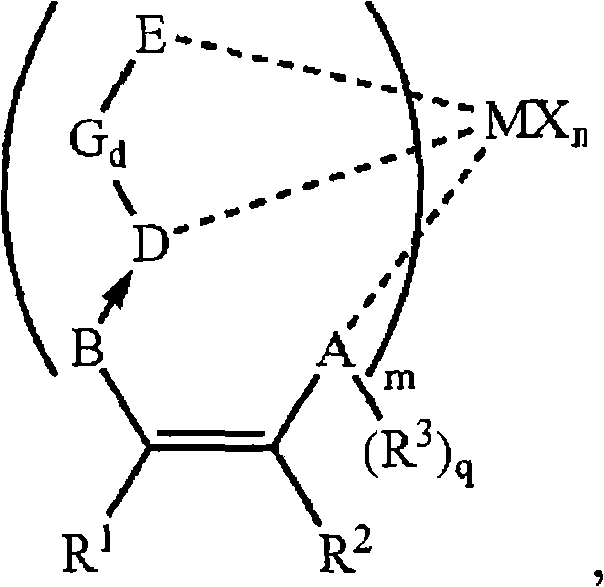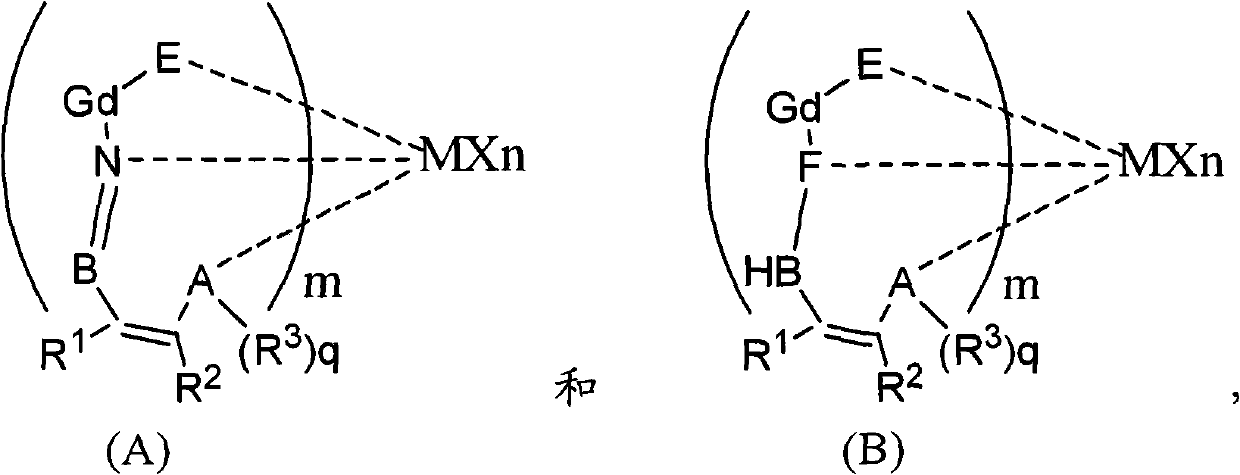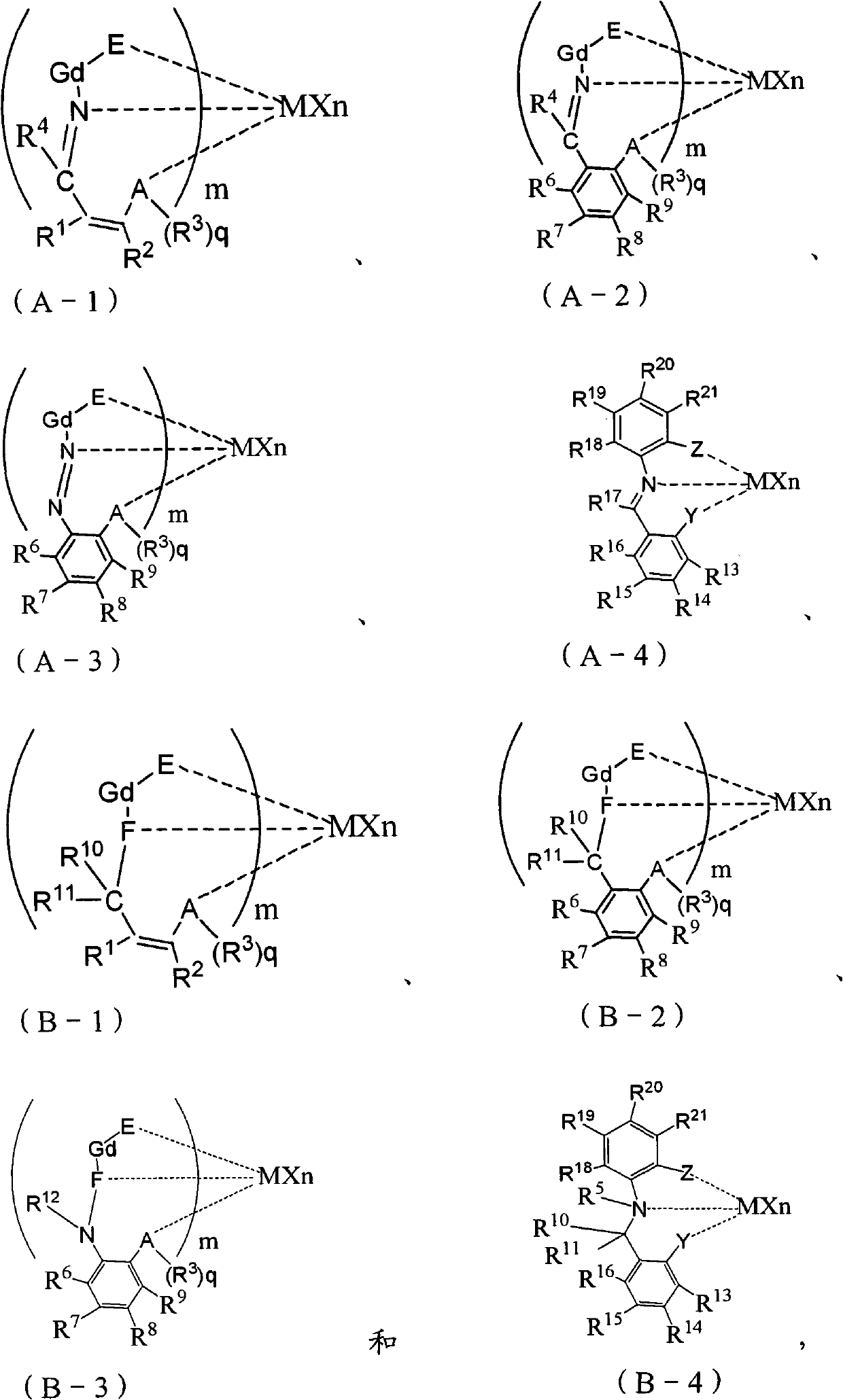Supported non-metallocene catalyst and preparation method and application thereof
A non-metallocene, supported technology, applied in the field of non-metallocene catalysts, can solve the problems of final catalyst composition control, difficulty in adjustment, low olefin polymerization activity, etc.
- Summary
- Abstract
- Description
- Claims
- Application Information
AI Technical Summary
Problems solved by technology
Method used
Image
Examples
preparation example Construction
[0098] The invention relates to a preparation method of a supported non-metallocene catalyst, comprising the following steps: reacting a chemical treatment agent selected from group IVB metal compounds with a porous carrier optionally subjected to thermal activation treatment to obtain a modified carrier; making magnesium Dissolving the compound in the first solvent to obtain a magnesium compound solution; mixing the modified carrier with the magnesium compound solution to obtain a first mixed slurry; adding a precipitant to the first mixed slurry to obtain a composite The step of carrier; making the chemical treatment agent selected from the group IVB metal compound react with the composite carrier to obtain the step of modifying the composite carrier; making the non-metallocene complex and the modified composite carrier in the presence of a second solvent contacting to obtain a second mixed slurry; and directly drying the second mixed slurry to obtain the supported non-metall...
Embodiment 1
[0331] The porous carrier is silicon dioxide, that is, silica gel, model ES757 of Ineos Company. First, the silica gel is thermally activated by continuously calcining at 600° C. for 4 hours under a nitrogen atmosphere.
[0332] The chemical treatment agent is titanium tetrachloride (TiCl 4 ). Weigh 5g of thermally activated silica gel, add 60ml of hexane, add titanium tetrachloride under normal temperature stirring conditions, react at 60°C for 2h, filter, wash with hexane 3 times, 60ml each time, and finally vacuum dry to obtain modified carrier.
[0333] The magnesium compound adopts anhydrous magnesium chloride, the solvent for dissolving the magnesium compound adopts tetrahydrofuran, and the chemical treatment agent adopts titanium tetrachloride. The non-metallocene complex adopts the structure compound of.
[0334] Weigh anhydrous magnesium chloride, add the first solvent tetrahydrofuran and heat to 60°C to dissolve completely, then add the modified carrier, stir fo...
Embodiment 2
[0340] Basically the same as Example 1, but with the following changes:
[0341] Before the chemical treatment agent treats the composite carrier, the auxiliary chemical treatment agent methylaluminoxane (MAO, 10wt% toluene solution) is used to treat the composite carrier.
[0342] Wherein, the molar ratio of the magnesium compound in terms of Mg element to the auxiliary chemical treatment agent methylaluminoxane is 1:0.3.
[0343] Supported non-metallocene catalysts are designated CAT-2.
PUM
 Login to View More
Login to View More Abstract
Description
Claims
Application Information
 Login to View More
Login to View More - R&D
- Intellectual Property
- Life Sciences
- Materials
- Tech Scout
- Unparalleled Data Quality
- Higher Quality Content
- 60% Fewer Hallucinations
Browse by: Latest US Patents, China's latest patents, Technical Efficacy Thesaurus, Application Domain, Technology Topic, Popular Technical Reports.
© 2025 PatSnap. All rights reserved.Legal|Privacy policy|Modern Slavery Act Transparency Statement|Sitemap|About US| Contact US: help@patsnap.com



